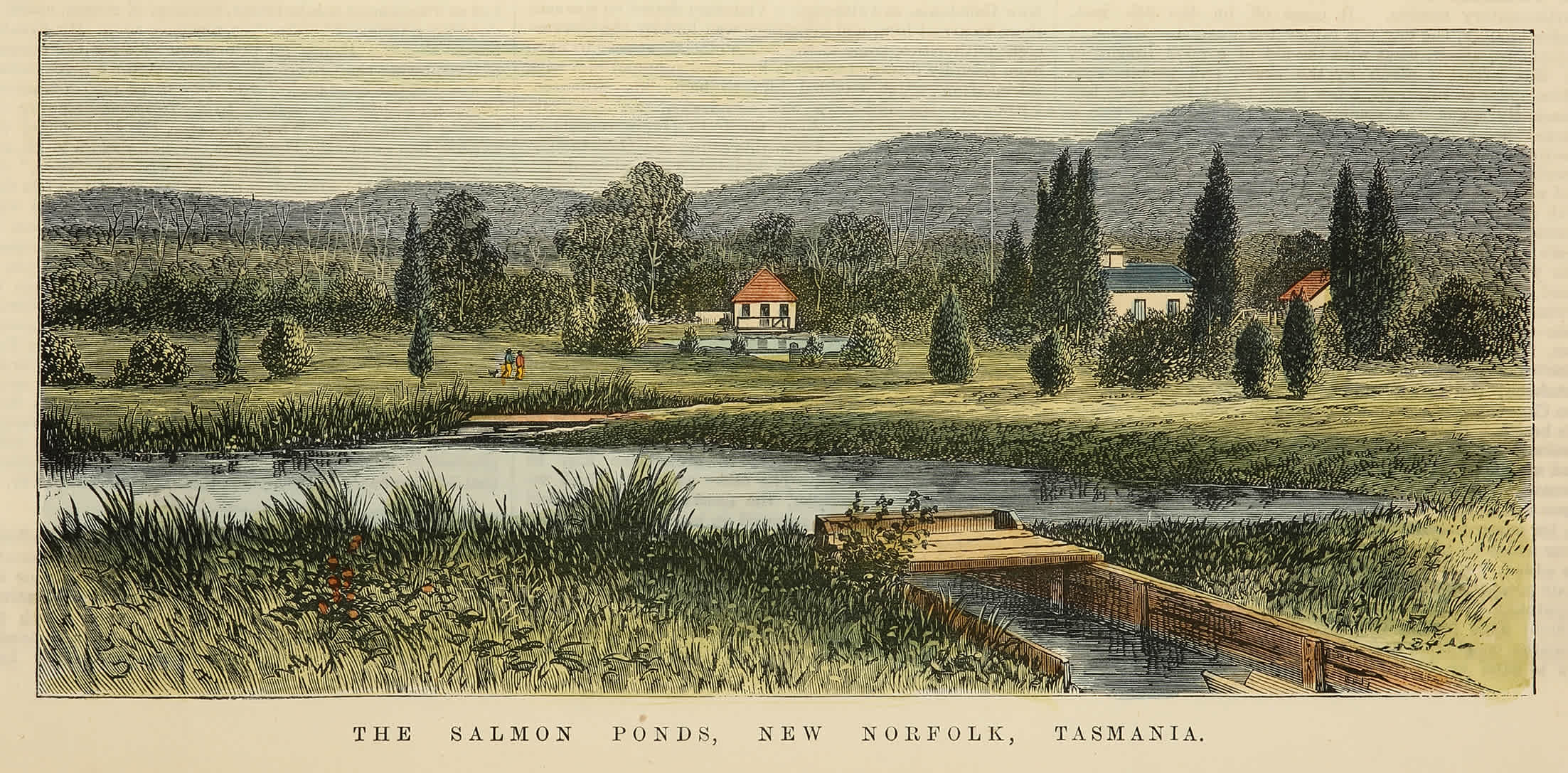A year ago, I wrote, “It’s spring and my news feed is peppered with reports that one of our most talismanic species, the orange-bellied parrot, has begun returning to their summer breeding site in south-western Tasmania. The mammoth effort that has been devoted to saving this critically-endangered species is well-known to most Tasmanians and to a large number of Australians. Images of the small green parrot are now so familiar many of us could pick it out of a line-up.”
A year later, I’m wondering, “Could we do the same with other endangered Tasmanian bird species? The swift parrot? Perhaps. The eastern curlew, the King Island scrubtit or the King Island brown thornbill? Probably not.”
In 2017 the King Island brown thornbill was estimated to have only 50 individuals remaining in the wild and was thought likely to be the next Australian bird to go extinct. Despite this, it attracts a fraction of the funding that the orange-bellied parrot does. Why?
In an article in The Guardian Australia in 2017, the King Island brown thornbill was described as “unmarketable”. The coordinator of the King Island natural resource management group, Kate Ravich, was quoted as describing it as “a little brown bird”.
“They are not sexy,” Ravich told The Guardian. “Orange-bellied parrots are very sexy because they are rare and colourful. Some birds are easy to sell and everyone loves them, and others are very hard to sell because they are little brown birds.”
Colourful critters captivate. Colourful vertebrates particularly captivate.
Humans tend to prefer animals that are biologically or behaviourally similar to ourselves. We are attracted to species with large heads, round faces and forward-facing eyes – features that typify a broad subset of species known as charismatic megafauna. The colourful, cute and cuddly tend to be placed front and centre by astute editors and marketing managers tapping into these instinctive human preferences. Vertebrates, particularly mammals and birds, dominate a wide range of formats including children’s literature, academic research, fundraising campaigns, news media, and social media. This trend carries with it a fancy phrase: taxonomic bias.
Charismatic vertebrates already account for the lion’s share of academic research (pun intended) and also tend to be the principal recipients of conservation funding and protections. The broad categories in which threatened Australian fauna are officially listed – fishes, frogs, reptiles, birds, mammals, and “other animals” – makes it clear that vertebrates remain king.
And yet, almost three-quarters of the animals known to science are insects. Mammals and birds, which combined represent less than ten per cent of known animal species, account for about half of biodiversity research projects. Only one-in-eight biodiversity research projects is focused on insects. In Australia, wild insect numbers have declined steeply in recent decades, but a lack of information on the state of invertebrate populations makes it difficult to measure and manage changes in their numbers and diversity or to secure threatened species status. Instead, our focus on the bright and the beautiful creates a space where dowdy or alien species are filed away as “unmarketable”. This can enable the power of public opinion to influence where conservation efforts are directed.
. . .
In the summer of 2019-20, the Australian continent experienced the biggest bushfires in modern memory. The koala became a symbol of the devastation, with images of the marsupial, scorched and confused, everywhere. It was estimated that three billion animals were killed or displaced, including about 60,000 koalas. However, these reports did not include insects, the losses of which are thought to be in the hundreds of billions. We are unlikely ever to know how many insects were lost, because for some species we never had estimates of their abundance in the first place.
Fire at Tasmania’s Pine Tier Lagoon in January 2019 destroyed more than 50 per cent of the habitat and population of the beautiful Miena jewel beetle. This earnt the species an endangered listing, but it remains anonymous in its own home state. When, in early 2022, the koala was listed as endangered, the news made international headlines.
Intellectually, I have come to understand that such bias can actually help when raising awareness of and support for biodiversity conservation. The attention afforded the orange-bellied parrot raises the profile of the issues affecting them, including feral cats and habitat destruction along their migratory route. Public shock about the impact of the Australian megafires on the koala triggered wider discussion of one of the root causes of the fires – climate change.
. . .
And yet, I can’t help feeling that traditional definitions of “charismatic megafauna” are changing and that our assumptions of which organisms people will best engage with may now be incorrect. Research is starting to show that sustained marketing efforts can help under-represented species to become more familiar, engaged with and supported. If at first you don’t succeed, try, try again.
Indeed, in recent decades we have seen the image rehabilitation of several previously unpopular species. The Tasmanian devil was once vilified here, but a better understanding of its ecological role and sympathy for its battle against a contagious tumour have transformed it into a well-loved mascot.
I have watched with interest as a bat took out the mantle of Australian Mammal of the Year in both 2022 and 2023, beating the usual front runners such as the platypus, mountain pygmy possum and eastern barred bandi-cute. And the federal government’s “100 Priority Species” for threatened species recovery actions now includes the King Island brown thornbill.
With a little help, perhaps King Island’s other unmarketable birds and Miena’s iridescent beetle may yet have their time in the spotlight.
Grace Heathcote is a Tasmanian writer. With a background in ecology and conservation, she has worked throughout Australia but has a soft spot for all things Tasmanian. Her writing has been published nationally, including in The Guardian, and her academic publications can be found in peer-reviewed journals such as Conservation Biology and Wildlife Research.








